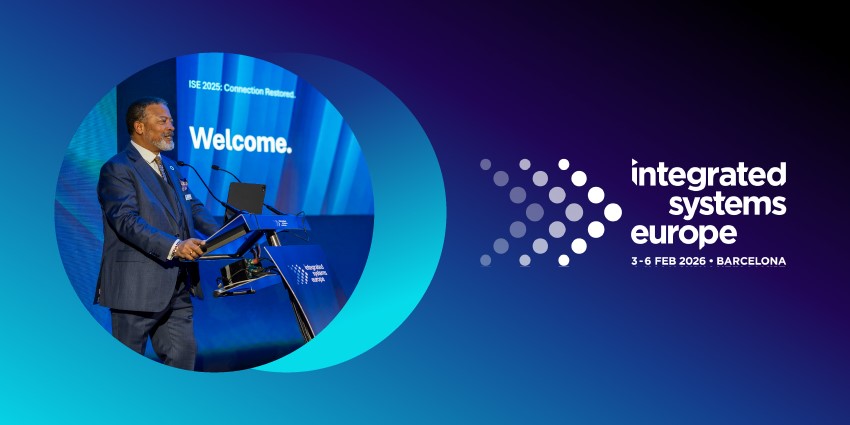Unified Communications has gone through a phenomenal transformation in the last few years. Solutions promising to align, synchronise, and optimise communication strategies in the workplace have captured the attention of virtually every brand. Indeed, for most companies, UC is now a core factor in any effective technology stack.
As we head into 2023, it’s fair to say the evolution of the UC space will continue. Hybrid and remote working have prompted a need for more advanced communication and collaboration tools. Plus, companies are becoming more aware of the importance of “total experience”, and they’re investing in tools to support the user, customer, business, and employee alike.
While it’s difficult to know for certain what the future might bring, I do have a few predictions based on my experience in the industry. Here’s what I expect to see in the UC sector during 2023.
1. Uncertainty Plagues the Marketplace
Economic uncertainty is set to persist throughout 2023. The impending recession, cost of living issues, and countless other financial woes are placing increased pressure on consumers and companies alike. It seems likely that this problematic landscape will lead to some delayed investments in technology. Companies will be keen to keep budgets low, so they can survive the turmoil ahead.
Inflation uncertainty and supply chain issues are likely to place pressure on the entire market. However, I believe the delay in tech development will only be temporary. After all, to stay ahead of the curve, and the competition, companies will eventually need to start innovating again.
There’s a good chance many of the tools and technologies companies will be investing in towards the beginning of 2023 will be focused on helping to minimise costs and overheads. Automation and AI, for instance, will reduce the need for additional hiring, and help to make processes more efficient, allowing for streamlined, cost-effective workflows.
2. Large Vendors Dominate the Market
Over the last few years, the Unified Communications space has grown increasingly diverse, with new innovators from different sectors making their way into the market. We’ve seen the rise of numerous small businesses, branching into the UC space. However, I believe large vendors, and their trustworthy, stable ecosystems will dominate the market in this turbulent landscape.
We may see some smaller companies hitting a wall, unable to compete and offer consistency in a time when supply chains continue to falter. However, I do predict we may see some new big players in the market. For instance, I think Salesforce will formally enter the UC landscape this year, with a UCaaS offering based on its acquisition of the Slack platform. Google may also take extra steps into the wider UC space, outside of its usual customer channel.
Elsewhere, I imagine Zoom will continue to innovate, growing its partner ecosystem to offer a wider range of solutions. It might be a far-out suggestion, but we could even see Zoom entering the CCaaS Magic Quadrant in 2023 with its CCaaS solution.
3. Continued Consolidation and the Rise of IT Vendors
Consolidation in the UC marketplace is far from a new concept. It’s been a consistent part of the environment for some time now, as companies continue to look for ways to innovate, expand, grow, and reach a wider audience. Consolidation has grown particularly prominent at a time when companies are looking to connect the worlds of UCaaS, CCaaS, and CPaaS.
I believe Avaya will refinance this year, and 8×8 or RingCentral may end up selling their solutions to other leading vendors. Perhaps one will even sell its technology to the other.
At the same time, I can foresee more traditional IT hardware vendors entering the UC space. Recently, we saw HP acquire Poly, and brands like Lenovo are making a big move towards the Microsoft Teams and wider UC space.
4. Hybrid Work Transforms How We Communicate
Studies say that 48% of the workforce will be operating in a hybrid environment in the next 2 years. As a result, we can expect some major changes to the way we’re going to be communicating and collaborating going forward. Hybrid work kits are likely to be released by vendors looking for ways to bundle and package video, sound, and lighting tools.
The need for multi-vendor UC service management is also likely to increase as a result, as companies look for better strategies to manage their investments in an all-in-one ecosystem. I expect Microsoft to release its own unified service management platform for managing everything connected to its Teams environment.
We could also see the arrival of more advanced technology for the teams of tomorrow. Immersive meetings are likely to become a commonplace feature in UCaaS platforms going forward. Around 62% of business leaders have already invested in AR/VR technology as of 2022, and 70% say they’re planning on increasing that investment in the next two years. We can expect to see more VR collaboration and meta-work opportunities in UC throughout 2023.
5. AI and Messaging Continue to Intertwine
Finally, I think it’s safe to say messaging and chat technologies have become a common part of the digital workplace these days. Countless companies are aligning workers around the world with innovative tools they can access on any device.
However, the way we chat may be enhanced even further by the use of artificial intelligence, and machine learning algorithms. Already, countless companies offering UC chat solutions have their own AI innovations to offer, with customizable chatbots and virtual assistants built into a huge selection of UC dashboards.
I believe there may be space for ChatGPT to enter the UC space in 2023 too. This model will allow UC vendors to create chat solutions capable of answering follow-up questions, rejecting inappropriate requests, and delivering more in-depth responses to questions. As innovative solutions like this continue to stream into the market, we can expect to see chat systems becoming far more advanced.
What do you expect to see in 2023? Let me know and we’ll review these predictions again at the beginning of the new year. Join the conversation on LinkedIn.
Get involved in the conversation: UC Summit 2023 launches 23rd January – packed with on-demand insights and product roadmaps, register for free and get involved here.







